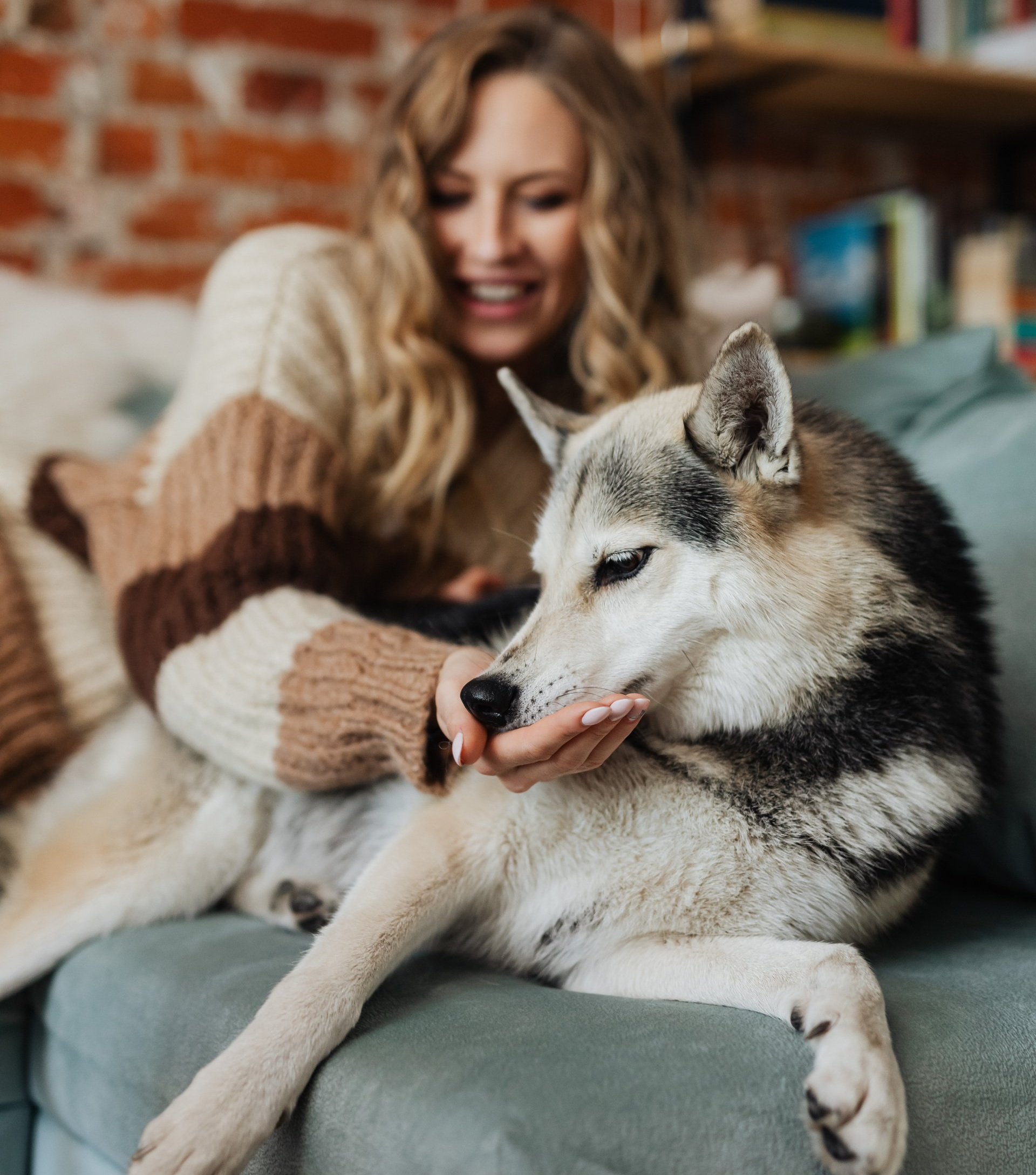Get in touch
555-555-5555
mymail@mailservice.com

Tips and Tricks for Administering Medications to your Dog or Cat
You brought your pet to the veterinarian and now have a prescription for oral medication. It seems like it should be easy to give your dog or cat their medication… right? Some dogs and cats will take medication without any disguise, but sometimes it takes a little more work than that.
For pets who have a ravenous appetite at mealtime, you might be able to put the medication in the dish with their normal food. Make sure the medication gets gobbled up with the kibble and isn’t left behind. Sometimes the way you approach administering medication can be helpful if you act like the medication is a treat. Fortunately, more and more medications for animals are made to be palatable, which should make medication administration easier.

Tips for Administering Medications:
- Pretend like the medication is a special treat, which can make it interesting to your cat or dog. Have them sit or do a trick and use the medication as a reward.
- Hide a tablet or capsule in something tasty. It’s helpful to give one of the following without the medication at first so you gain the trust of your pet and ensure they will eat what you’re offering.
- Inside a soft, tasty treat like a Pill Pocket™ or a small amount of canned food made into a meatball shape
- Covered with tempting blended seafood and chicken like Churu Purée
- Disguised with food you can often find at home like cheese, deli meat, white meat chicken breast
- Crush a tablet or open a capsule to add the medication to something delicious like a canned food meatball, cream cheese, tuna juice, and more. Some medications like metronidazole and clopidogrel are very bitter, so it’s recommended to keep them inside a capsule or as an intact tablet. Check with your veterinarian prior to altering the original form of any medication.
- Follow an oral medication with a small amount of water. Your veterinarian may be able to provide you with a syringe to make this easier. Some medications need to be followed by water to avoid complications, like doxycycline tablets in cats.
- Manually give your pet the medication by opening their mouth wide and putting the pill as far back on their tongue as you can. Alternatively, you can use what’s commonly called a “pill gun” or a “piller” to avoid putting your hands inside your pet’s mouth. Then hold their mouth closed until they swallow. You can blow on the nose, massage the throat, or trickle water with a syringe while their mouth is shut to encourage a swallow. Open their mouth after to ensure you don’t see the medication.
- Discuss other medication options with your veterinarian. There is often more than one option for medication form (e.g., tablet, capsule, liquid, transdermal gel, compounded medication) so if you are struggling to give your pet medication in a safe and minimally stressful way, reach out to your veterinarian.
When using any of these tips keep in mind that some medications should not be given with certain kinds of food or any food at all. If you have any questions, reach out to your veterinarian.



